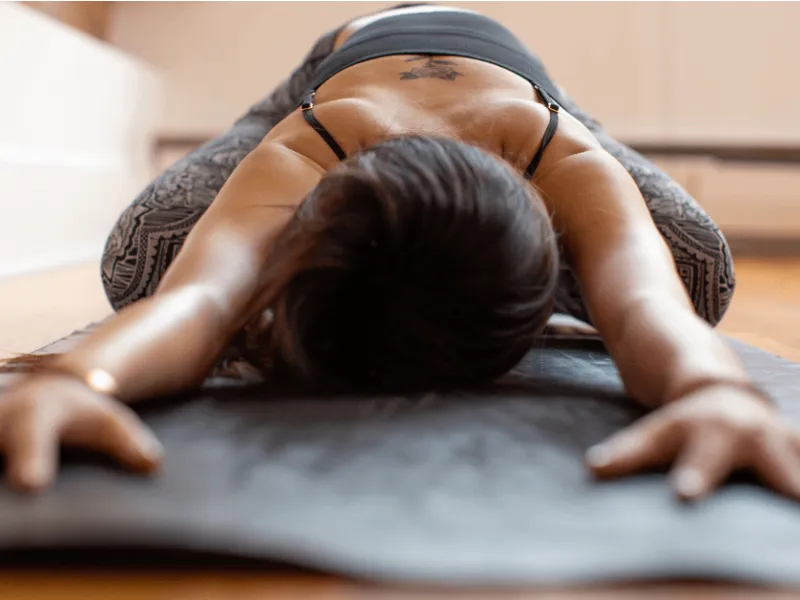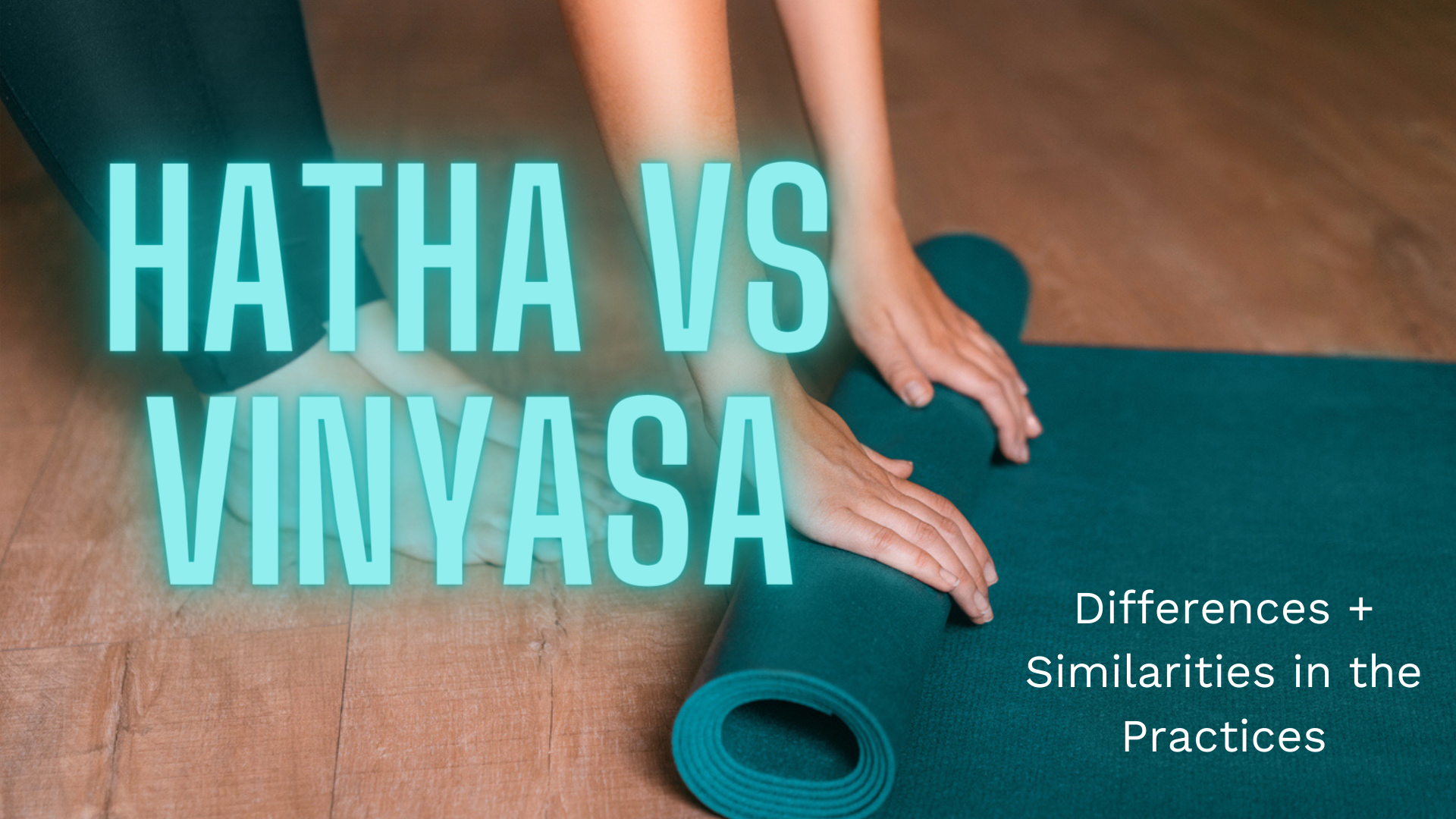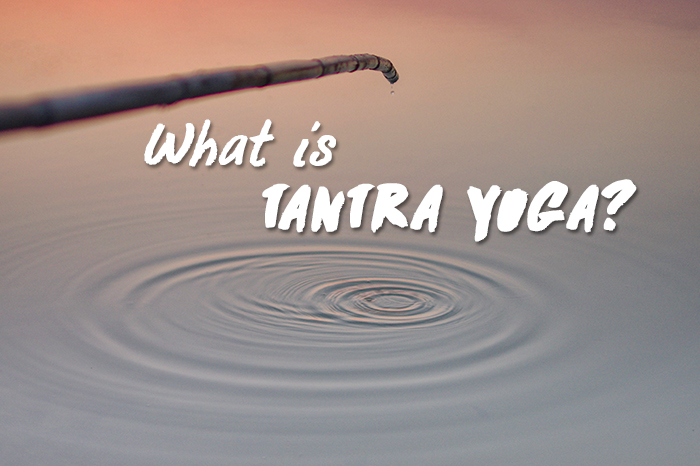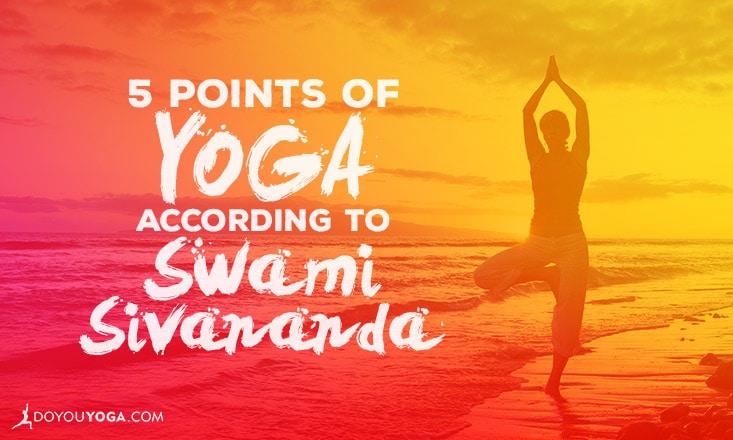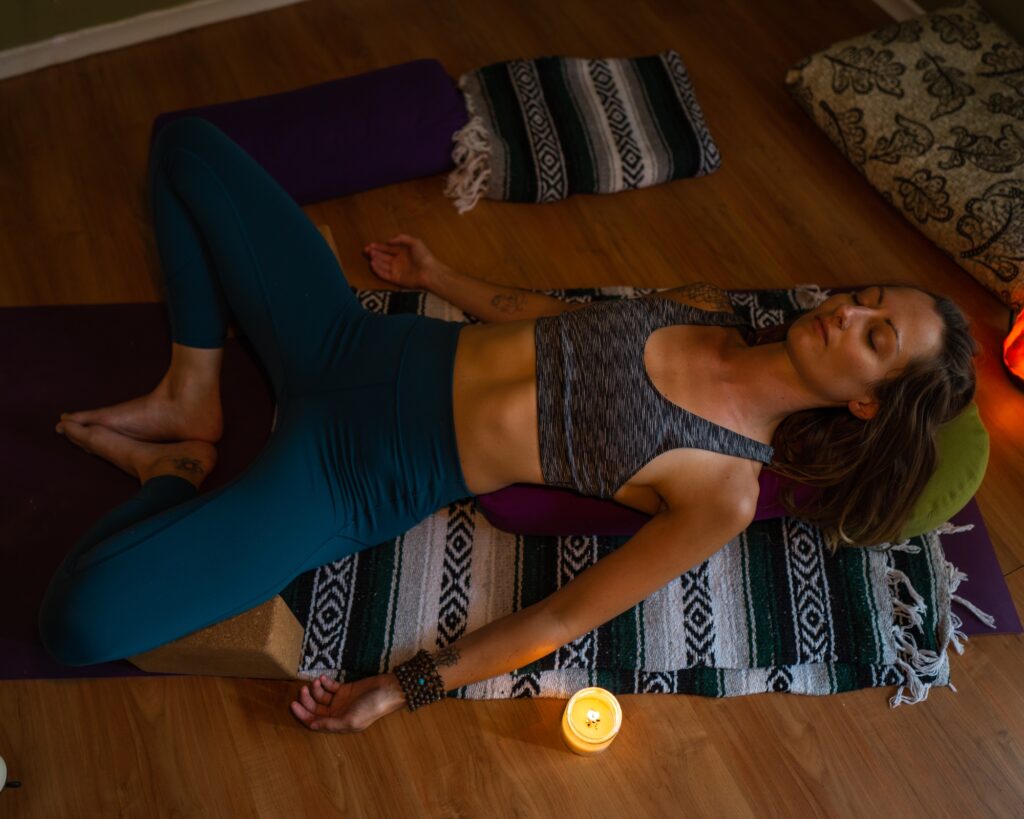Yoga Nidra for Manifestation
Activate your sub-conscious through deep relaxation, and achieve your goals through your own power of manifestation.
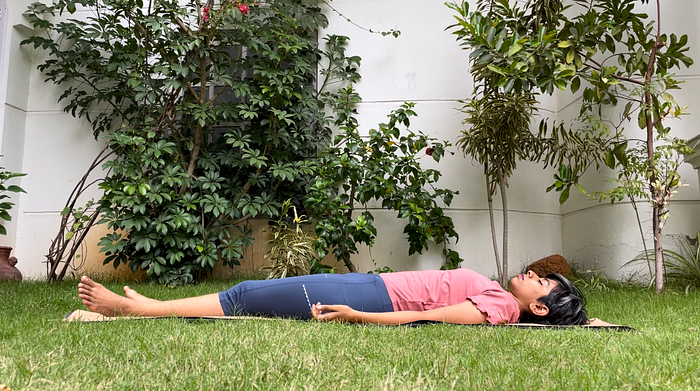
Yog Nidra is NOT sleep. In Yog Nidra, you walk the threshold between wakefulness and sleep. In deep sleep, brainwave frequency moves from beta, to theta, and finally to delta waves. In Yog Nidra, however, a unique, intermediate platform of alpha wave predominance is achieved, which heightens sub-conscious awareness and enhances cognitive functioning — a perfect opportunity for healing and personal growth!
It is a powerful tantra practice that can be used for manifestation. Yog Nidra achieves a “passive-active” state in which the sub-conscious is empowered to deeply internalize a specific “resolve/sankalpa” that the practitioner is working with and to super-charge their manifestation abilities.
The right preparation/setting is important for a successful Yog Nidra session. First, make sure to pick a time when you are not rushed. Find a private, quiet, softly lit/dark place with a comfortable room temperature where you will not be disturbed for at least 45 minutes, and lay down on a mat/mattress (ideally placed on the floor) with any props that might enhance comfort (e.g., blankets, pillows), in comfortable clothing. Keep all distractions away or turned off (e.g., phone, laptop). Finally, craft a clear resolve/sankalpa that you would like to work with, for maximum benefit. You will repeat this resolve to yourself mentally when instructed during the practice.
How[……]

